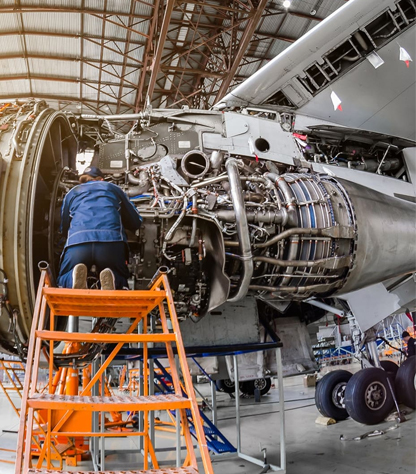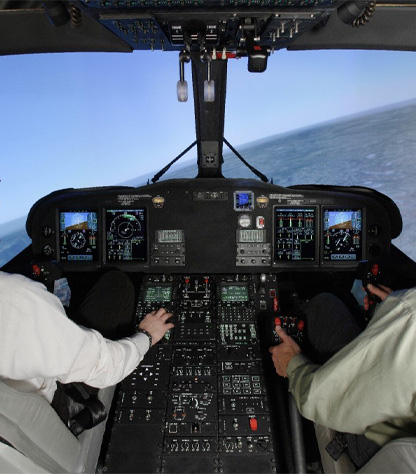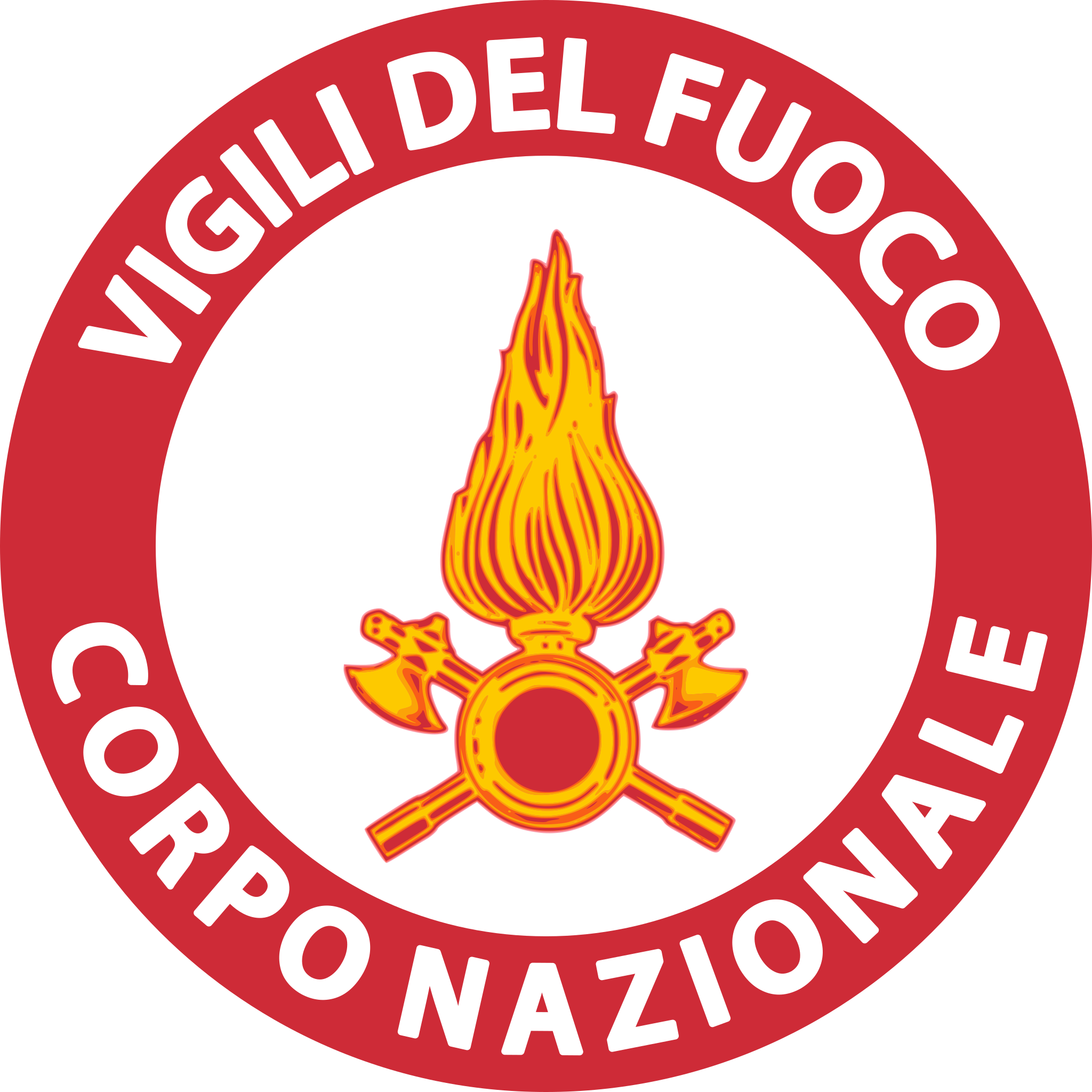INTEGRATED AEROSPACE SYSTEMS
The best
Air Fleet
Management
Solutions
We provide cutting-edge solutions for operational, maintenance, logistics, and training management of air fleets. And much more.


WHO WE ARE
Manage your air fleet at its best.
and much more.
We develop software applications for the technical, operational, and logistical management of aircraft fleets, from airplanes to drones. We have engineering staff for application development, as well as aeronautical analysts with ten years of experience in the technical-logistical management of aircraft.
A key feature of our software is its versatility. Although its development has focused on the avionics domain, it proves equally robust and effective in land and maritime contexts.


OUR SOLUTIONS
A 360-degree management.
LOOKING AHEAD
Our strategy for the future.
| Software | Company | Services | Architectural |
|---|---|---|---|
| HFP – Helicopter Flight Program |
IAS is able, upon request, to continuously customize and evolve the System, given its advanced skills and experience in the aeronautical field. Integrated Aerospace Systems S.r.l. was founded in 2011 as a company composed of Officers from the Italian Air Force. In the corporate organization, an adequate and advanced productive component of Software Engineering has been integrated with the capabilities of Management Engineering to support the company's management class. We consider these characteristics unique in the market landscape, rarely can one boast full awareness of what is being developed as an Information System (aeronautical knowledge), technological mastery (ability to achieve technological goals), achievement of corporate goals, and projecting the company itself into the future (organizational-management skills).
EXECUTION CAPABILITY |
IAS effectively offers and provides maintenance assistance and support.
EXECUTION CAPABILITY |
R&D on new architectural solutions (microservices, containers, etc.), refactoring, system re-engineering.
EXECUTION CAPABILITY VISION AND INNOVATION CAPABILITIES |
| AFM – Air Fleet Management |
| Software | Business | Functional | Technology & Innovation |
|---|---|---|---|
| HFP – Helicopter Flight Program | Internal product of Leonardo Helicopters: Expansion within Leonardo, multi- and inter-divisional, harmonization of processes for all Leonardo Divisions. | Countless managed and integrated processes, with continuous functional development (increasingly advanced digitization). |
IAS places technological innovation and market vision at the heart of its evolution. The IAS Research & Development team is responsible for this task, anticipating what will later be offered in its Systems. Currently, for example, both the HFP System and its related apps, as well as IAS's production processes, involve AI.
VISION AND INNOVATION CAPABILITIES |
| AFM – Air Fleet Management | Distributable product ready for the Market. | Comprehensive and complete. Wide range of integrated modules. |
IAS places technological innovation and market vision at the heart of its evolution. The IAS Research & Development team is responsible for this task, anticipating what will later be offered in its Systems. Currently, for example, the AFM System is increasingly focusing on BI and Data Analytics.
VISION AND INNOVATION CAPABILITIES |
OUR PARTNERS
They choose us for fleet management
LOOKING AHEAD
Our strategy for the future.
| Goals achievable through evolutions | Goals achievable through evolutions | Goals achievable through evolutions | Goals achievable through evolutions |
|---|---|---|---|
| Leonardo Helicopter Division |
|
|
Integration between multiple HFP Modules/Company Functions (Maintenance, Production, Experimental) and the EATL App (Operations) |
| Leonardo | AFM - Air Fleet Management | Evolutions for creating a marketable AFM product by Leonardo | IAS-Leonardo product for air fleet management |
| Italian National Fire Brigade |
|
Continuous developments requested by the Italian National Fire Brigade | Increasing centrality of AFM in the Processes and Organization of the National Fire Brigade |


















